Revolutionizing Robotics: The Role of AI in Physical Tasks
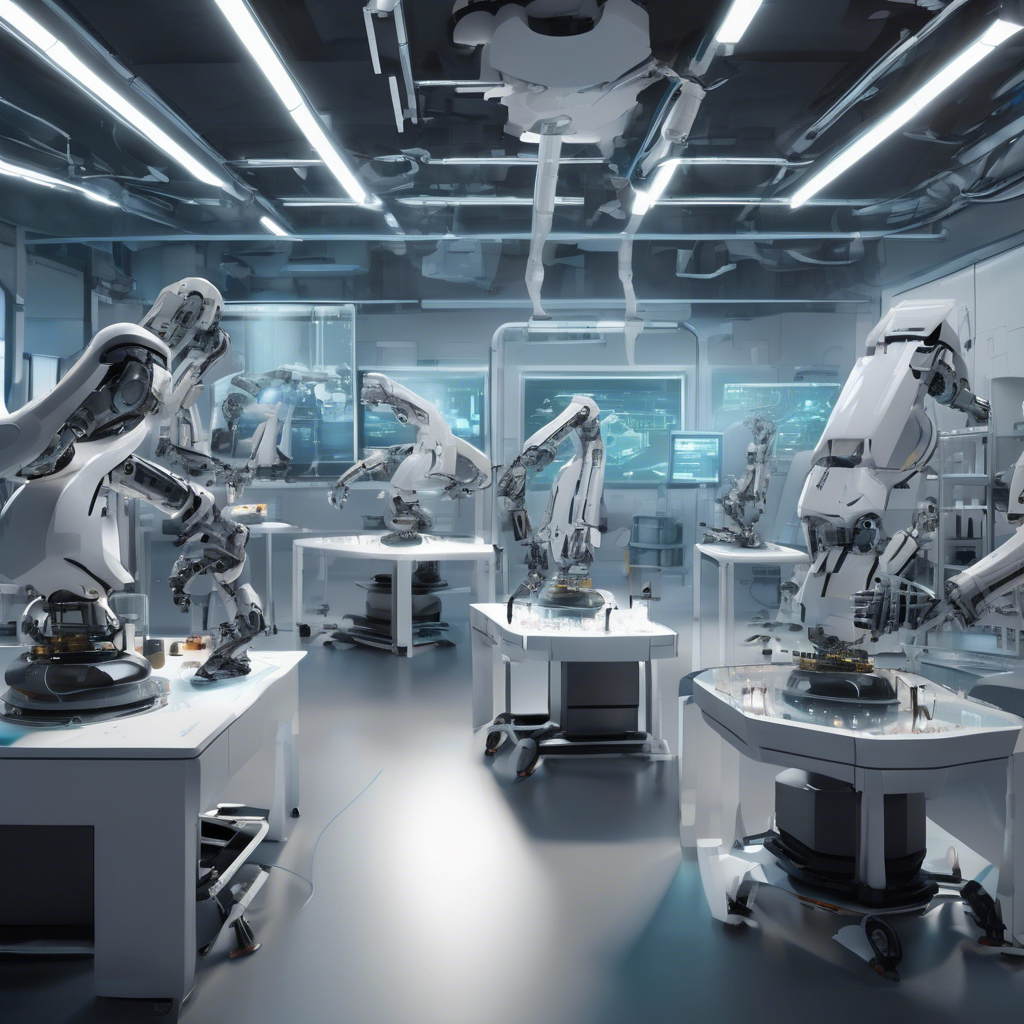
Artificial intelligence (AI) has the capability to find recipes or generate images, but it struggles with physical tasks like hanging artwork or cooking. Chelsea Finn, an engineer and researcher at Stanford University, aims to change this, believing AI could usher in a new era in robotics. Finn, who co-founded a company that has showcased a versatile AI robot capable of folding laundry, emphasizes the need for software enabling robots to function intelligently across various scenarios. While advancements such as Google’s recent AI-powered lunch-packing robot illustrate potential, the research community is divided on whether generative AI can revolutionize robotics as it has online tasks. Critics, like UC Berkeley's Ken Goldberg, caution that robots won’t achieve their science fiction potential overnight due to the complexities involved. Historically, the perception of robotics has often outpaced reality; robots excel in controlled, repetitive tasks but struggle with unpredictable environments. Finn's lab is exploring solutions through a project called "OpenVLA, " which aims to create a system combining vision, language, and action, resembling the working of the human brain. This innovative approach allows for training robots to perform tasks through demonstration instead of detailed programming. Stanford's Moo Jin Kim illustrates this process, where a human “puppeteers” the robot using joysticks to teach it tasks through repetitive practice.
As the robot learns from these demonstrations, it begins to replicate the actions independently. Physical Intelligence, the company co-founded by Finn, seeks to expand this training model, envisioning robots capable of adapting to various simple tasks such as making sandwiches. Finn argues that developing generalist systems could prove more effective than specialized ones, though gathering the necessary training data presents challenges. Skeptics like Ken Goldberg believe that building a comprehensive dataset for physical tasks will take significantly longer than for chatbots due to the complexities of real-world data. Similarly, MIT’s Pulkit Agrawal favors simulations as a way to accelerate data collection by allowing robots to practice repeatedly in virtual environments, although such simulations often fail to capture the unpredictable nature of the real world. Deeper issues also persist, as highlighted by Carnegie Mellon’s Matthew Johnson-Roberson, who believes that robots must tackle more complex spatial and temporal challenges than chatbots, making the data insufficient for refined task execution. Despite skepticism, many acknowledge that AI will transform robotics. Goldberg’s company, Ambi Robotics, has developed an AI-driven system that enhances package sorting, significantly improving efficiency while still requiring traditional programming for execution. While Finn agrees that advancements are needed, she remains optimistic about AI-powered robots assisting in sectors facing labor shortages due to aging populations, although she doesn't foresee these robots replacing human labor for complex tasks completely.
Brief news summary
Artificial intelligence (AI) is progressing swiftly, especially in the field of robotics, with Stanford University’s Chelsea Finn leading innovative efforts. While AI demonstrates proficiency in tasks like generating recipes and images, it falls short in practical applications, such as cooking or hanging pictures. Finn’s team is focused on developing an adaptable AI robot capable of learning from demonstrations to perform various tasks. However, experts like Ken Goldberg from UC Berkeley advise caution, highlighting a significant gap between today's AI capabilities and future aspirations for robotics. Finn’s OpenVLA project seeks to create versatile AI that can function in different environments, but it struggles with limited real-world data, unlike the vast datasets used for training chatbots. Although simulated environments can accelerate the learning process, they often fail to reflect the complexities of real-world scenarios. Despite these challenges, AI's potential in robotics is substantial, particularly for addressing labor shortages due to aging populations. Nonetheless, experts underscore the need for realistic expectations as many fundamental issues in robotics remain unresolved.
AI-powered Lead Generation in Social Media
and Search Engines
Let AI take control and automatically generate leads for you!

I'm your Content Manager, ready to handle your first test assignment
Learn how AI can help your business.
Let’s talk!
Hot news
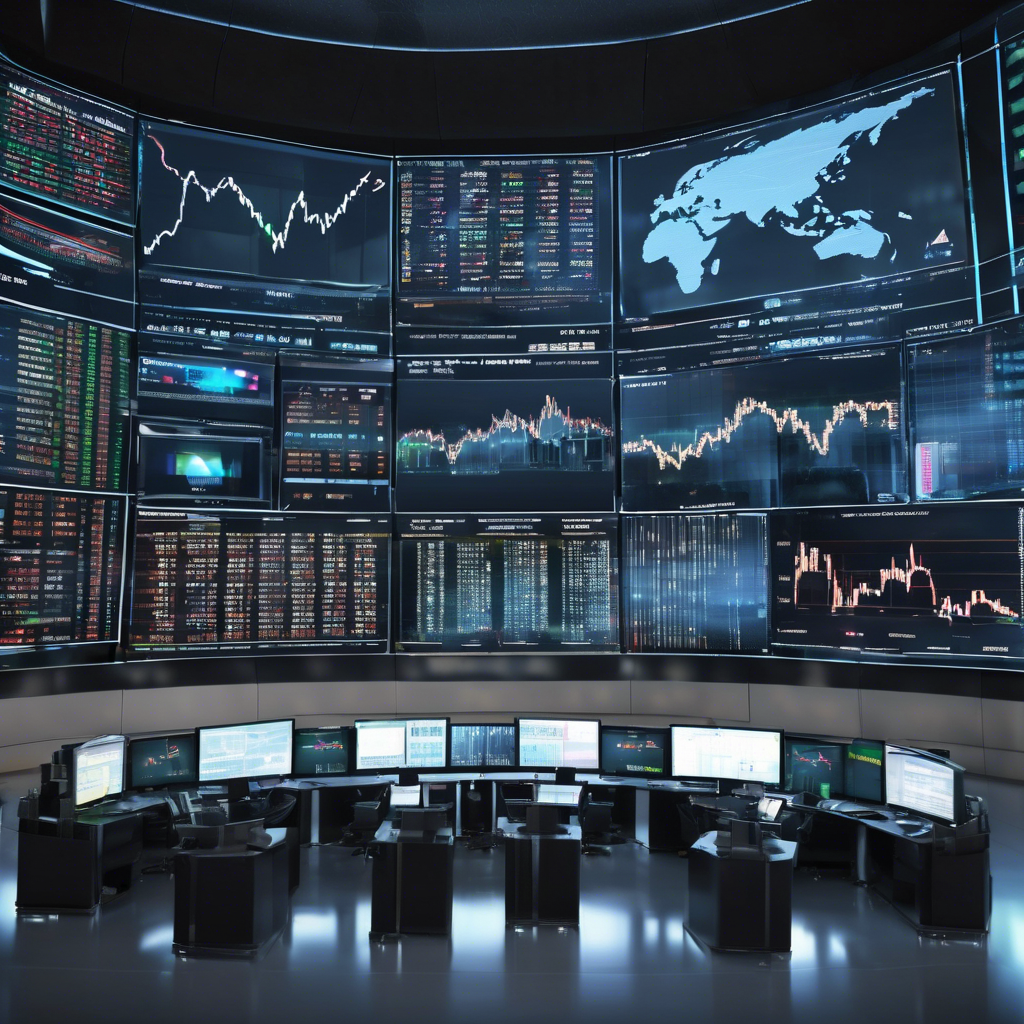
Why Is Everyone Talking About SoundHound AI Stock?
Key Points SoundHound offers an independent AI voice platform serving multiple industries, targeting a total addressable market (TAM) of $140 billion
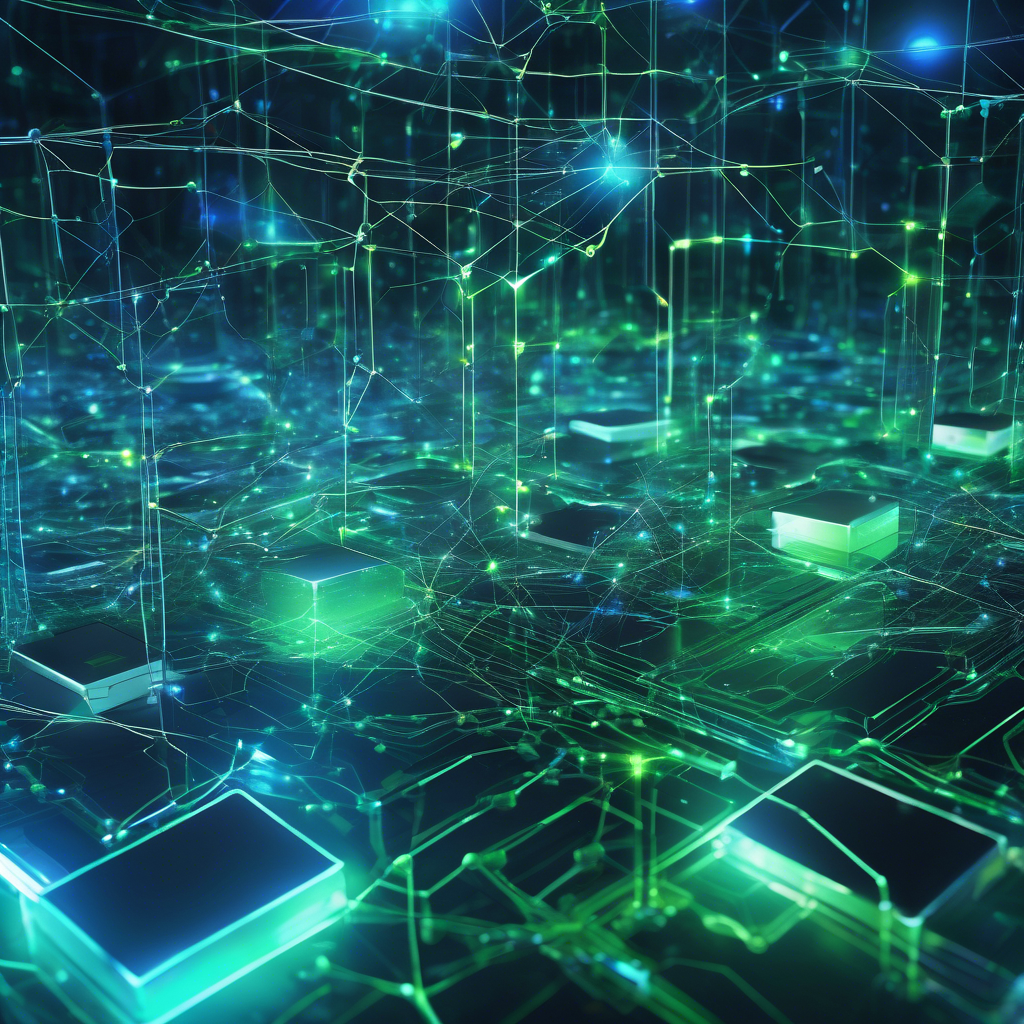
Telegram's TON Ecosystem: A Billion-User Playbook…
The next frontier in the blockchain industry isn’t solely technical innovation but mass adoption, with Telegram’s TON ecosystem, powered by The Open Platform (TOP), at the forefront.

16 billion passwords leaked. Is it finally time f…
The 16 Billion Password Leak: What Really Happened?
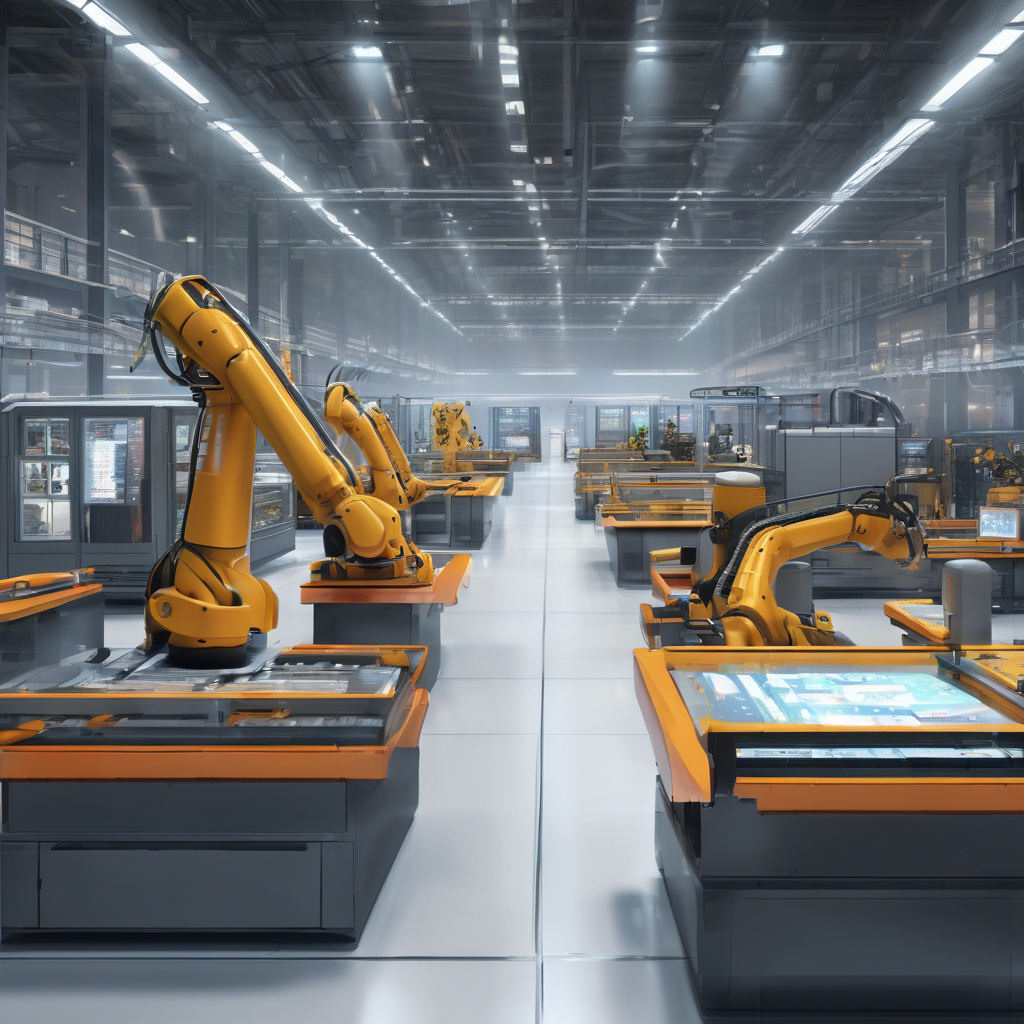
AI in Manufacturing: Optimizing Production Proces…
Artificial intelligence (AI) is fundamentally transforming the manufacturing industry by optimizing production processes through advanced technology integration.
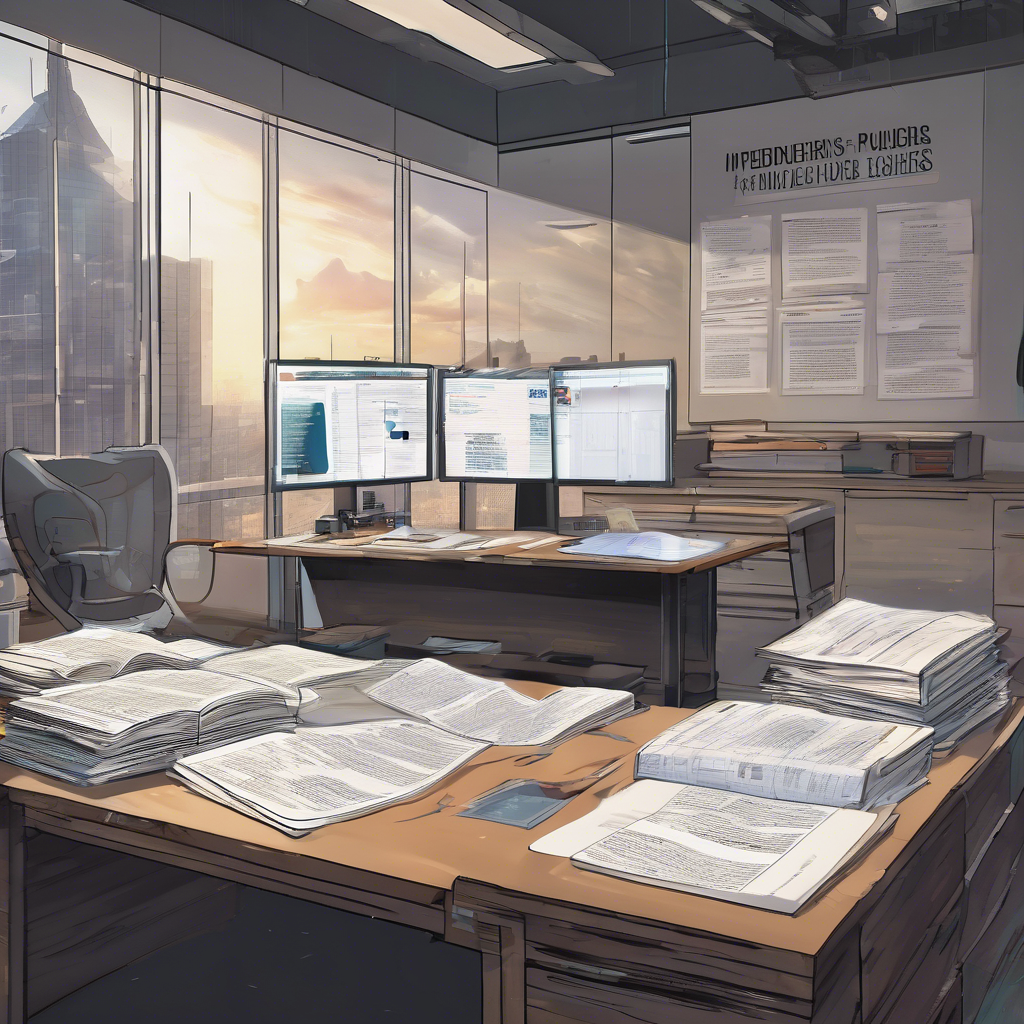
Independent Publishers File Antitrust Complaint A…
A coalition of independent publishers has filed an antitrust complaint with the European Commission, accusing Google of market abuse through its AI Overviews feature.
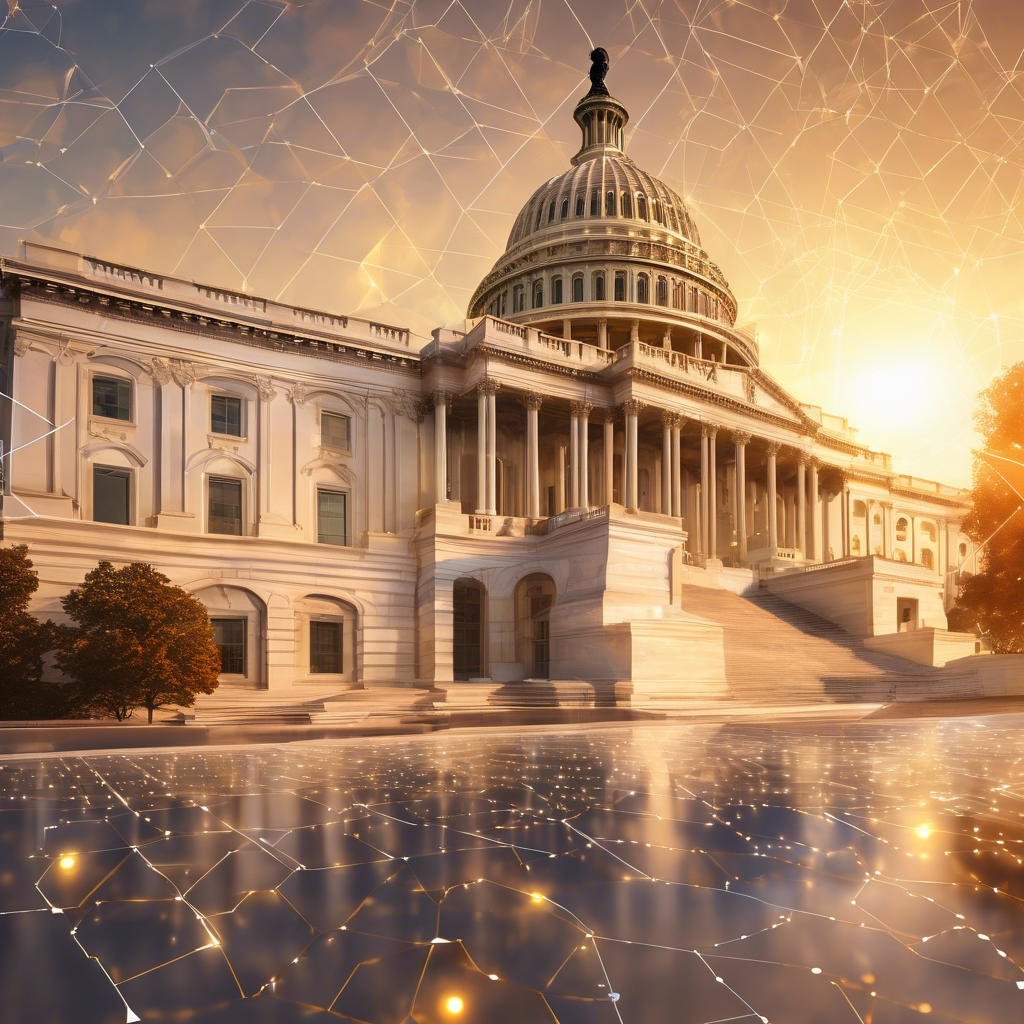
Congress Declares Crypto Week: U.S. Lawmakers Gea…
Key Takeaways: The U

Ilya Sutskever Assumes Leadership of Safe Superin…
Ilya Sutskever has assumed leadership of Safe Superintelligence (SSI), the AI startup he founded in 2024.

 Auto-Filling SEO Website as a Gift
Auto-Filling SEO Website as a Gift






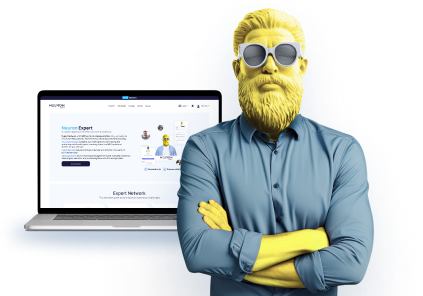

 Auto-Filling SEO Website as a Gift
Auto-Filling SEO Website as a Gift

